Wyckoff writes, “When you have learned to take a wholly impartial viewpoint, unbiased by news, gossip, opinions and your own prejudices, you will realize that the stock market is like any other merchandising business.
“Those who understand it buy only when prices are low with the idea of selling when they are high; and they operate only in the stocks or commodities which they can move best so they may secure the highest possible rate of turnover of inventories.”
It takes a while for a pro to accumulate a position in advance of a big move – buying too many shares at once would cause the price to rise too quickly
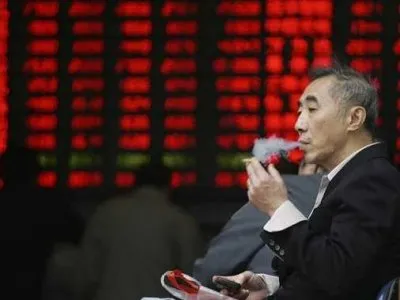
“The preparation of an important move in the market takes a considerable time. A large operator or investor acting singly cannot often, in a single day’s session, buy 25,000 to 100,000 shares of stock without putting the price up too much. Instead, he takes days, weeks or months in which to accumulate his line in one or many stocks.”
Instead, here’s how he sets it up: first, he’ll “shake out” the little guys by forcing the stock lower in order to get a better price

“He prefers to do this while the market is weak, dull, inactive and depressed. To the extent that they are able, he, and the other interests with whom he works, bring about the very conditions which are most favorable for accumulation of stocks at low prices…
“When he wishes to accumulate a line, he raids the market for that stock, makes it look very weak, and gives it the appearance of heavy liquidation by sending in selling orders through a great number of brokers.”
Then, he will try to time the top of his planned price rise with some “good news” about the stock he may already know about
Remember the saying, “Buy the rumor, sell the news”?
“You have often noticed that a stock will sell at the highest price for many months on the very day when a stock dividend, or some very bullish news, appears in print. This is not mere accident.
The whole move is manufactured. Its purpose is to make money for inside interests — those who are operating in the stock in a large way. And this can only be done by fooling the public, or by inducing the public to fool themselves.”
So, let’s look at an example of a typical market operation. Say a stock is trading in the $30-35 range and the pro sees it going to $60 soon…
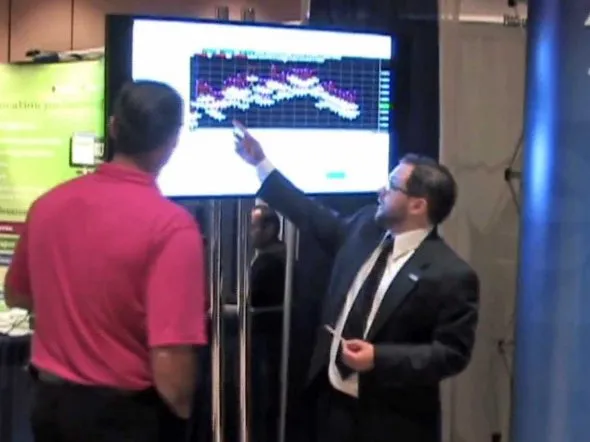
Source: Wyckoff (1937)
He’s trying to pick up 50,000 shares, but it’s too much, so he starts by taking as much as he can between $30 and $35
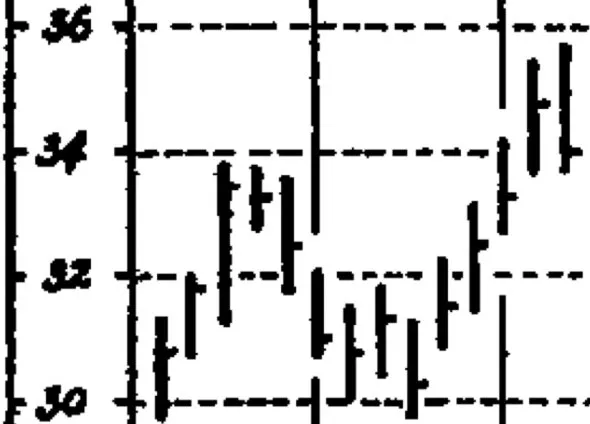
Wyckoff (1937)
When it gets back to the top of that range, he forces the price back down so he can pick up more shares for cheaper

Wyckoff (1937)
“Then he forces the price down to around 30 by offering large amounts of stock and inducing floor traders and other people to sell their long holdings or go short because the stock looks weak. By putting the price down, he may sell 10,000 shares and buy 20,000; hence he has 10,000 shares long at the lower prices of his range of accumulation.
“By keeping the stock low and depressed, he discourages other people from buying it and induces more short selling. He may, by various means, spread bearish reports on the stock. All this helps him to buy. When he is thus buying and selling to accumulate,he necessarily causes the price to move up and down, forming the familiar trading ranges, or congestion areas, which appear frequently on figure charts.”
Source: Wyckoff (1937)
Using this method, the pro will accumulate a large enough position to effectively remove almost ALL would-be sellers from the market

Wykcoff (1937)
“Finally he completes his line. The stock now stands at 35, and, as he has absorbed 50,000 shares below that figure and other operators have observed his accumulation and have taken on considerable lines for themselves, the floating supply of the stock below 35 is greatly reduced. At 36 the stock is prepared for the ‘mark-up.’ It is ready to go up as soon as he is willing to allow it.”
Source: Wyckoff (1937)
Then, he starts driving the price up to $60 by buying more shares – and he really ramps it up toward the end to coincide with the “good news” he is expecting in a few days’ time

Wyckoff (1937)
Source: Wyckoff (1937)
Now, the pro has accumulated a huge position in the stock, and he needs to find someone to sell it to at $60. By now, people have seen the surge, and they think something’s coming
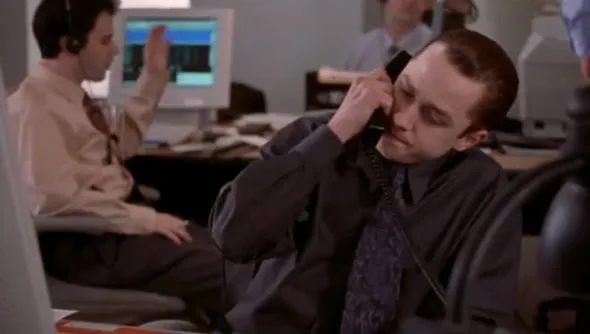
“The process of distributing calls for much publicity so that the attention of the public will be attracted to the stock. The rise to 50 started a whole crop of rumors. Brokers who are close to the bankers or the management of the company have been trying to find out what is going on to make the stock so strong.
“Insiders have hinted vaguely that ‘something good is coming out,’ and without knowing just what this expected favorable news is, the brokers have put their clients into it. Considerable outside public following has been gained during the rise. The market for the stock is broadening.”
Source: Wyckoff (1937)
Then, the news hits, and the pro can instantly unload 20-30k shares as people rush in to buy
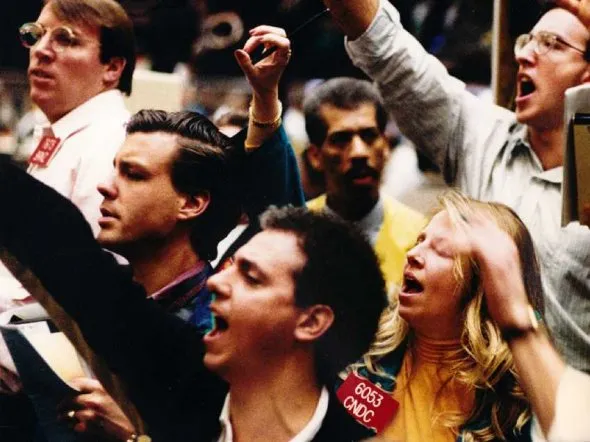
Source: Wyckoff (1937)
To finish unwinding his position, the pro does the exact same thing he did at the bottom – he works that stock up and down in a range until he’s sold it all

Wyckoff (1937)
“After this the price may recede a few points, but he, having sold a large part of his line, is willing to take a small percentage of it back at 57 to 56, and after this has been accomplished, and the activity has quieted down, he will mark the price up to 60 or 61 again.
“At that point he either turns seller, and markets the balance of his stock on the way down; or he works it up and down in a range of a few points from the top, till he has completed his selling.“
Source: Wyckoff (1937)
Now, the stock is in “weak hands” – everyone bought it on bullish news after a ~$30 rally

“The operator has now disposed of his entire line and as the news, is now known to the public and many people have bought and thus taken the stock off his hands, the stock may be regarded as technically in a weak position, for it is in what is called ‘weak hands.’ By this I mean it is held mostly by those who have bought at the top of a 30 point rise, when the news was bullish; most of these purchases being made on margin, the holders can be shaken out or tired out.”
Source: Wyckoff (1937)
So, it’s time to go short at $60! The pro can initiate a big short position, but fool people by putting on good-sized buy orders at $56, supporting the stock and inducing people to keep buying
Shutterstock
“The operator now sees a chance to make a turn on the short side, so while the market is in this range of say 56 to 60, and after he has completed selling his long line, he sells short, say 25,000 shares.
“In doing this he makes the stock swing back and forth over this range, keeping good-sized supporting orders in around 56 to fool the floor traders, the specialists and the public, who see on the floor and on the tape evidence of his support on the reactions. Thus they are led to believe the stock is going still higher.”
Source: Wyckoff (1937)
Then, he pulls out the rug – canceling all his buy orders and leading a raid on the stock. That’s how it’s done – played in both directions

Wyckoff (1937)
“When the operator has sold all of his 25,000 shares short, he cancels all of his buying orders. The specialist in the stock then tells some of the more important floor traders that the stock is in a weak technical position and that there is no support for the next 8 or 10 points and they all get together and raid it down to 50, at which point the operator covers his shorts.”